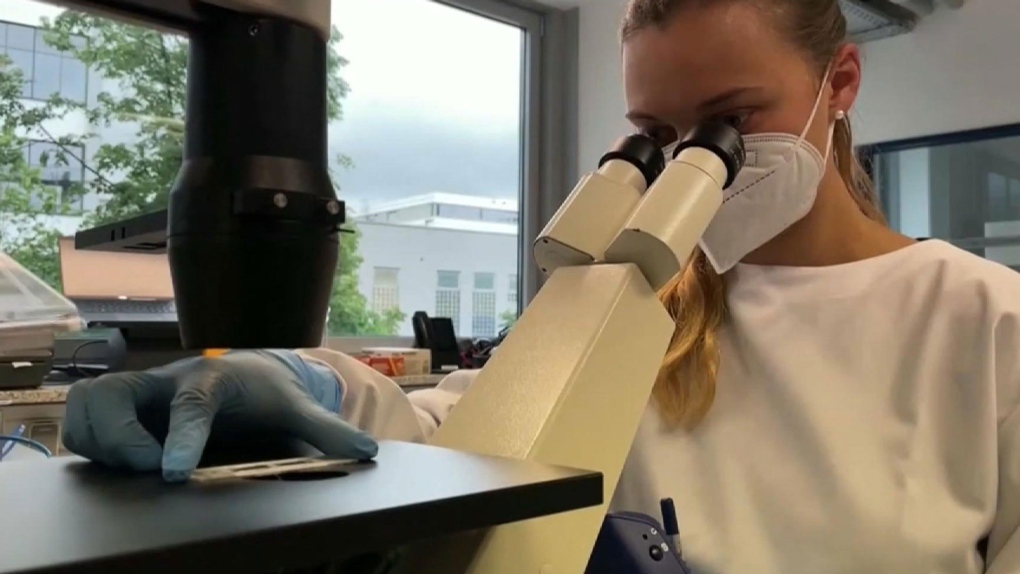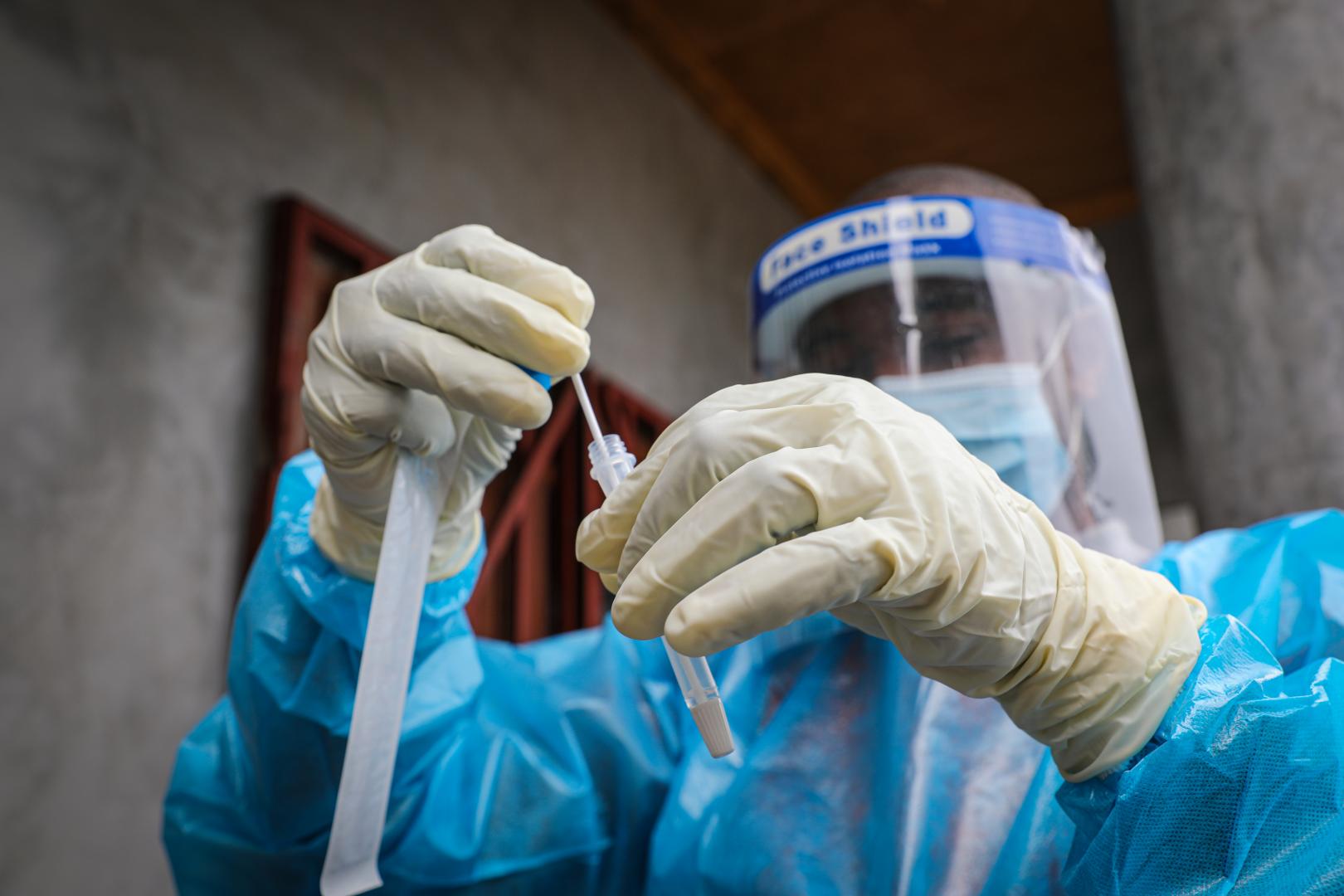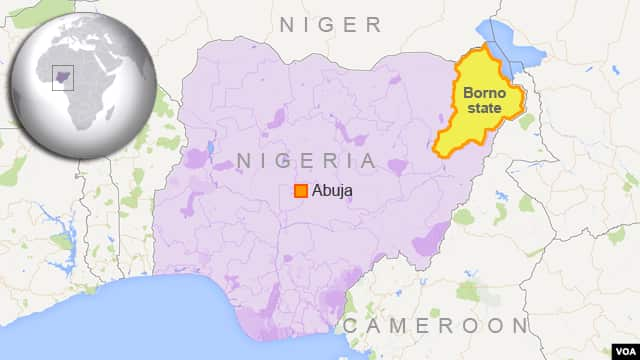As we move through 2024, a familiar but concerning headline is once again making global news: COVID-19 is surging. Despite the widespread belief that the pandemic had largely faded into the background, recent data from the World Health Organization (WHO) indicates that the virus is still circulating widely and unpredictably, even during the northern hemisphere’s summer months—a time typically not associated with respiratory virus outbreaks.
A Sudden Spike in Infections
COVID-19 cases are on the rise globally, with countries in Europe, the Americas, and the Western Pacific experiencing new waves of infection. According to the WHO, the test positivity rate has risen above 10% globally, with some regions like Europe seeing rates exceeding 20%. Wastewater surveillance data suggests that the actual circulation of the virus might be even higher, potentially two to twenty times more widespread than current reported figures suggest(
UN News).

A Sudden Spike in Infections/Photo /Courtesy
This resurgence of COVID-19 is unusual, especially during the summer when respiratory viruses typically decline. The spike has also been observed at major global events, such as the Olympics, where at least 40 athletes tested positive for COVID-19(
UN News).
The Threat of New Variants
One of the key concerns during this latest surge is the potential emergence of new, more severe variants. The virus continues to evolve, and there is a growing risk that a future strain could evade detection systems and be less responsive to medical interventions. This is especially troubling given the reduction in vaccine availability over the past 12 to 18 months. The WHO has noted that fewer manufacturers are producing COVID-19 vaccines, which could hinder efforts to contain future outbreaks(
UN News).
The Vaccine Push
While hospitalizations remain lower than during the pandemic’s peak, the WHO is urging governments to ramp up vaccination efforts, especially for high-risk groups. The goal is to ensure that vulnerable populations receive at least one COVID-19 vaccination dose within the past 12 months. However, the availability of vaccines has declined, and many at-risk groups may not be adequately protected.
In addition to traditional vaccines, nasal vaccines are being developed. These could potentially reduce transmission rates, which would be crucial in preventing the further spread of COVID-19 and the emergence of new variants(
UN News).
What Can You Do?
As individuals, we are not powerless in the face of this resurgence. The WHO recommends that everyone reduce their risk of infection and severe disease. Ensuring you are up to date with COVID-19 vaccinations, especially in an at-risk group, remains a critical measure. Additionally, maintaining good hygiene practices, wearing masks in crowded places, and staying informed about local COVID-19 guidelines can help minimize the spread of the virus.
The Road Ahead
While the world has made significant progress in managing COVID-19, this latest surge is a stark reminder that the pandemic is far from over. The evolving nature of the virus and the potential for more dangerous variants mean that continued vigilance is essential. Governments, healthcare systems, and individuals alike must remain proactive to mitigate the impact of COVID-19 as it continues to disrupt lives worldwide.
With COVID-19 making an unexpected comeback, staying informed, vaccinated, and cautious will be key to navigating this next phase of the pandemic.






















